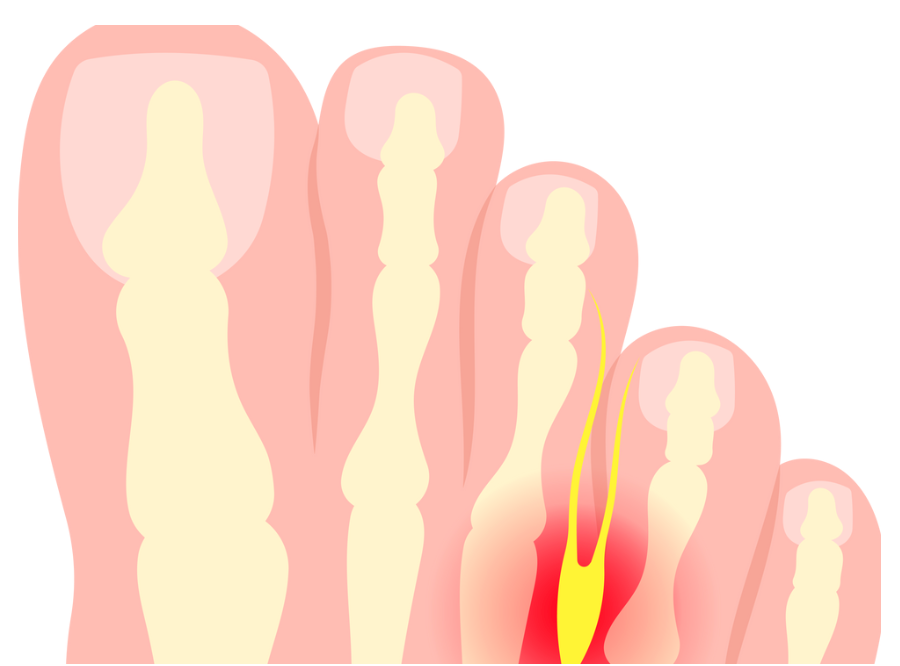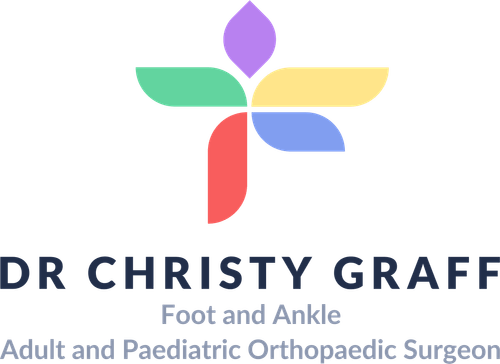Morton’s Neuroma Excision Surgery
What is Morton’s Neuroma Excision Surgery?
Morton’s neuroma excision surgery is a surgical procedure performed to remove a painful nerve enlargement (neuroma) that develops between the toes, most commonly between the third and fourth toes. This condition, known as Morton’s neuroma, is caused by irritation, compression, or injury to the nerves leading to the toes. The surgery aims to relieve persistent pain, burning sensations, and numbness in the affected area, especially when non-surgical treatments such as orthotics, steroid injections, or physical therapy have failed.
The procedure involves identifying and excising the affected nerve to eliminate the source of discomfort. While it provides long-term relief, the nerve removal may permanently cause the area to lose sensation.

Who is Suitable for Morton’s Neuroma Excision Surgery?
Candidates for Morton’s neuroma excision surgery typically include individuals who:
- Experience persistent pain that affects their daily activities despite trying non-surgical treatments for several months.
- Have significant nerve compression or enlargement confirmed by diagnostic imaging, such as ultrasound or MRI.
- Do not respond to conservative measures like custom orthotics, physical therapy, or corticosteroid injections.
- Experience debilitating symptoms, such as burning pain, tingling, or numbness in the toes, that interfere with walking or wearing shoes.
- Are in good general health, ensuring they can safely undergo surgery and recovery.
- Have a willingness to accept potential outcomes, such as permanent numbness in the affected area.
Benefits of Morton’s Neuroma Excision Surgery
The benefits of Morton’s neuroma excision surgery include:
- Long-term pain relief: Eliminates the source of nerve irritation, providing significant and lasting relief from pain and discomfort.
- Improved mobility: Reduces the limitations caused by foot pain, allowing patients to walk, run, and engage in physical activities more comfortably.
- Enhanced quality of life: Resolves persistent symptoms, enabling individuals to return to normal routines and enjoy previously hindered activities.
- Minimised dependence on medications: Reduces the need for ongoing pain medication or steroid injections.
- Tailored treatment: Depending on the type of surgery chosen, patients may experience outcomes that suit their specific needs and preferences.
Types of Morton’s Neuroma Excision Surgery
There are two primary approaches to Morton’s neuroma excision surgery:
- Dorsal (Top of the Foot) Approach:
- Involves making an incision on the top of the foot.
- Offers faster healing as the incision avoids weight-bearing areas of the sole.
- Commonly chosen for its lower risk of complications related to scarring.
- Plantar (Bottom of the Foot) Approach - usually only for revision surgeries:
- Involves making an incision on the sole of the foot.
- Provides direct access to the neuroma, which may benefit certain cases.
- Healing time may be longer due to the weight-bearing nature of the area, and scarring can be more noticeable.
Alternative Options to Morton’s Neuroma Excision Surgery
For individuals seeking non-surgical or less invasive treatments for Morton’s neuroma, several options are available, including:
- Lifestyle Modifications: Avoid high-heeled or narrow-toed shoes that compress the toes. Use footwear with a wide toe box and good arch support.
- Orthotic Devices: Custom orthotics or metatarsal pads help reduce pressure on the affected area and improve foot alignment.
- Medications: Nonsteroidal anti-inflammatory drugs (NSAIDs) can reduce pain and inflammation.
- Physiotherapy: Exercises, stretching, and massages designed to alleviate nerve compression.
- Steroid Injections: Corticosteroid injections help reduce inflammation around the nerve, offering temporary relief.
Preparation Before a Morton’s Neuroma Excision Surgery
Preparing for Morton’s neuroma excision surgery involves several important steps:
- Medical Assessment: Undergo a comprehensive evaluation to confirm the diagnosis and assess the suitability for surgery. Provide Dr Graff with a detailed medical history, including current medications and allergies.
- Imaging Tests: Ensure that diagnostic imaging, such as an MRI or ultrasound, has been conducted to locate the neuroma precisely.
- Medications: Follow Dr Graff’s instructions regarding medications, such as stopping blood thinners before surgery.
- Lifestyle Adjustments: Stop smoking, as it can impair healing. Maintain a healthy diet and stay hydrated.
- Footwear Preparation: Arrange comfortable, supportive footwear for post-operative recovery.
- Plan for Recovery: Arrange for someone to drive you home after surgery and assist you during the initial recovery period.
Morton’s Neuroma Excision Surgery Prognosis
The prognosis for Morton’s neuroma excision surgery is generally very positive. Key outcomes include:
- High Success Rate: The procedure effectively resolves pain and discomfort in 85-90% of cases.
- Improved Functionality: Patients often regain normal walking and physical activity within a few months post-surgery.
- Minimal Complications: While complications are rare, some patients may experience scar sensitivity or permanent numbness in the affected area.
- Recovery Timeline: Most patients return to regular activities within 4-6 weeks, though complete healing may take 3-6 months.
With proper post-operative care and adherence to recovery guidelines, most individuals experience long-term relief and improved quality of life.
What if Morton’s Neuroma Excision Surgery is Delayed?
Delaying Morton’s neuroma excision surgery can lead to the following consequences:
- Worsening Pain: Persistent nerve irritation may cause the pain to intensify, becoming more difficult to manage with non-surgical methods.
- Increased Nerve Damage: Chronic compression may lead to permanent nerve damage, making even surgical treatment less effective in some cases.
- Reduced Mobility: Ongoing pain and discomfort can limit daily activities, reducing overall quality of life.
- Development of Secondary Problems: Altered gait or compensatory movements may lead to joint pain, muscle strain, or back problems.
- Prolonged Use of Medications: Extended reliance on pain medications or steroid injections can increase the risk of side effects.
If surgery is recommended and conservative treatments have been exhausted, timely intervention can help prevent complications and ensure the best possible outcome.
Contact Us
If you want more information or have any questions or problems, please contact Dr Graff at admin@christygraff.com or call the rooms at 0493 461 133.
